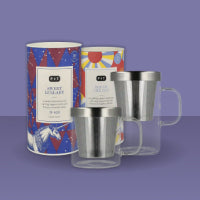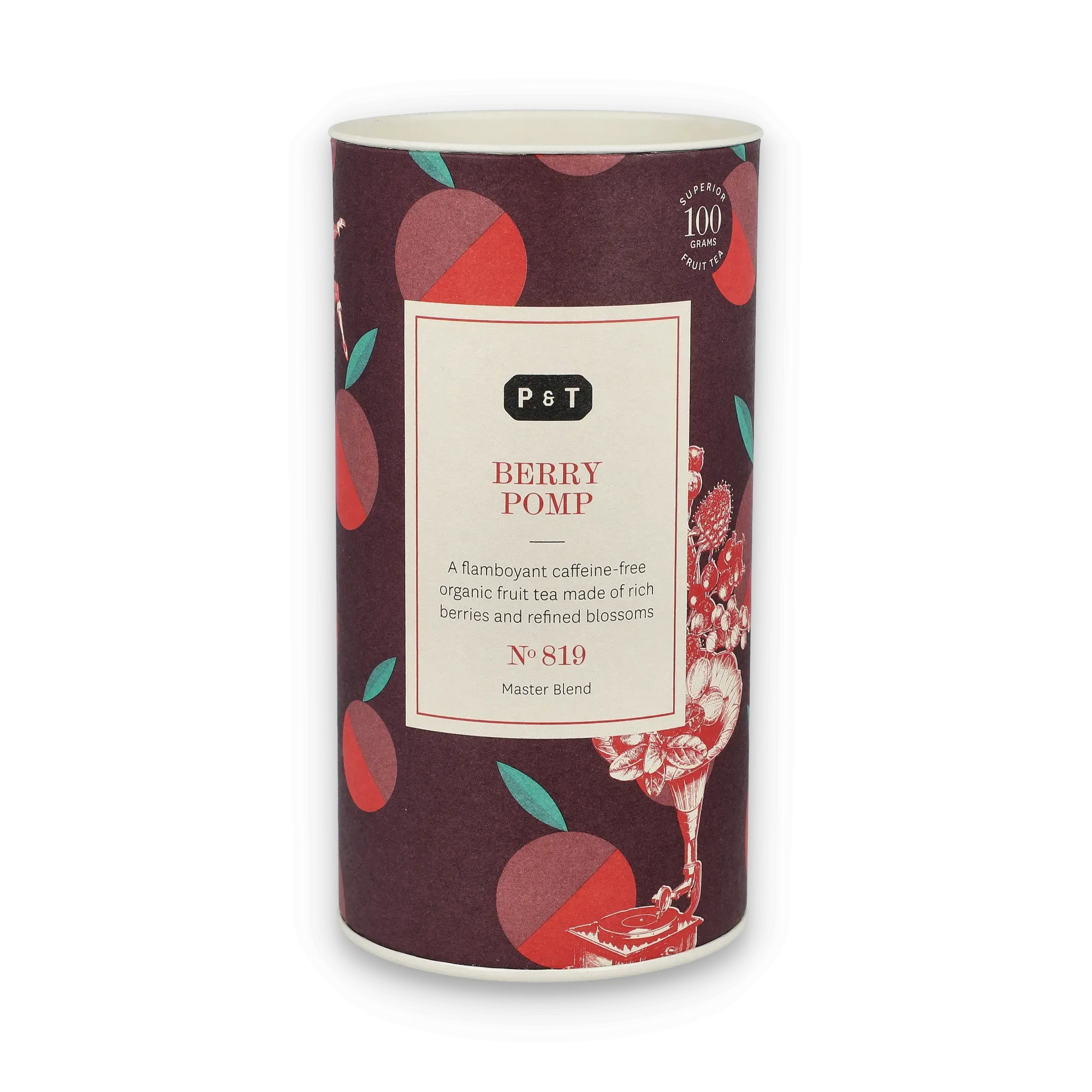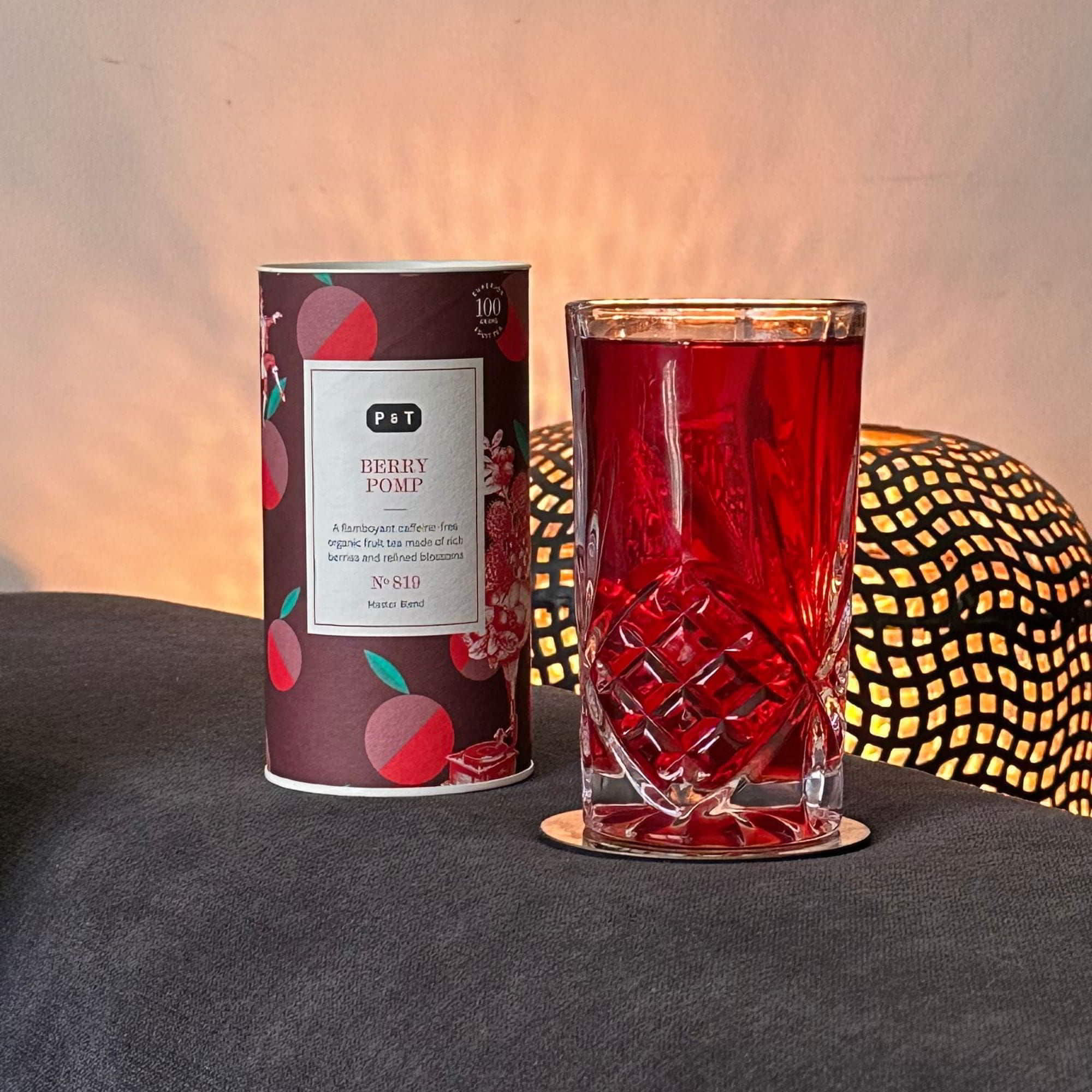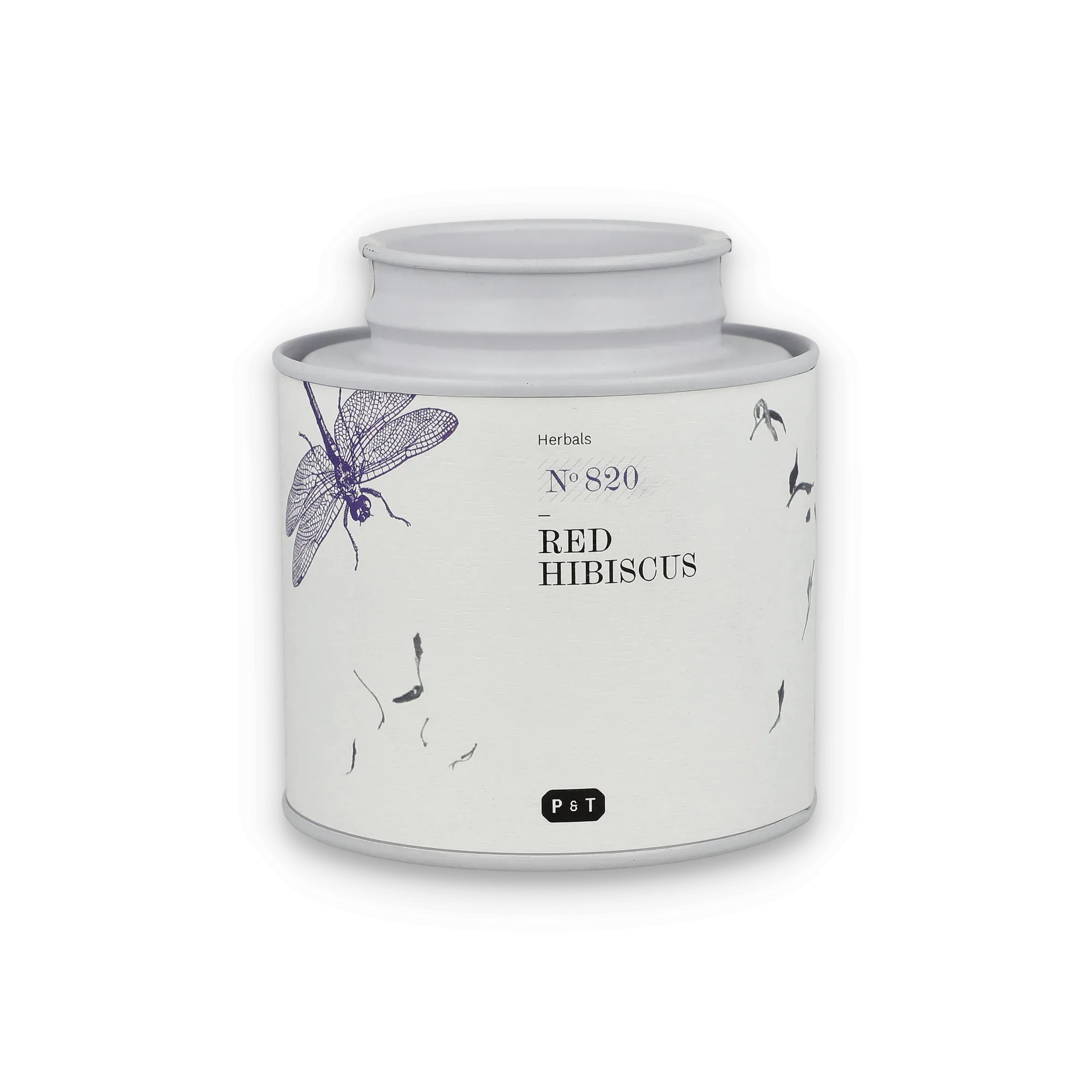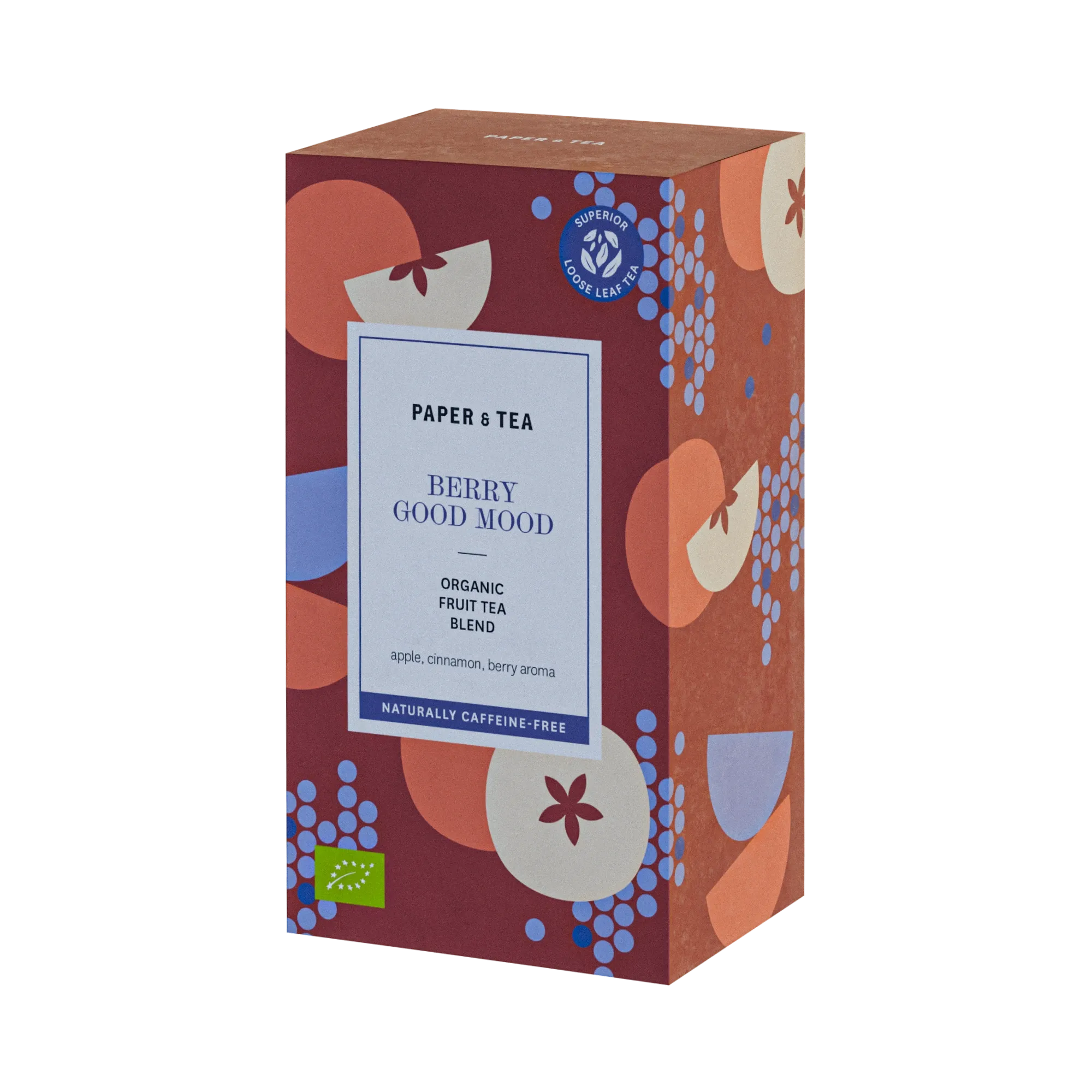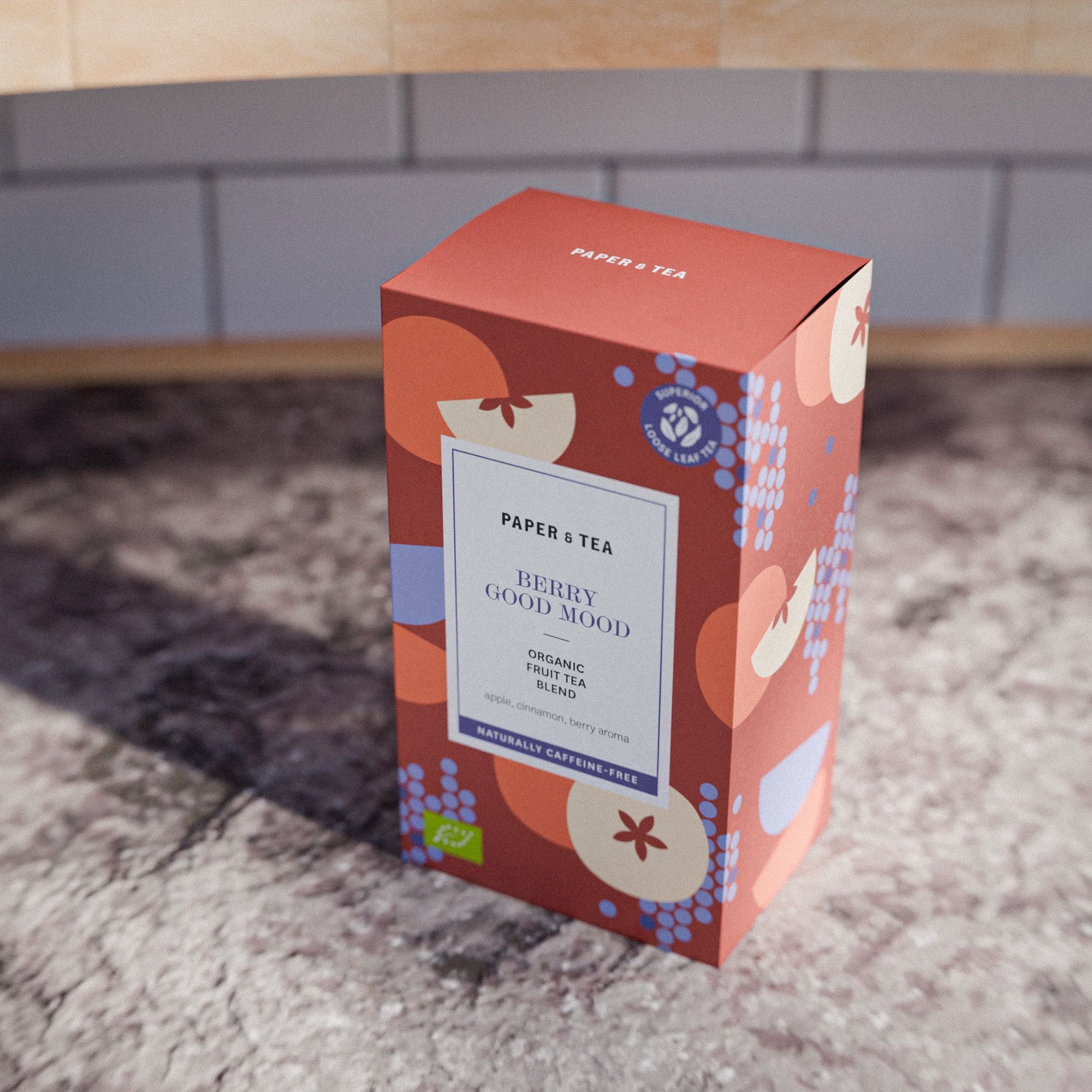do you favour?

Our Blends
Extraordinary tea blends for you
Premium
quality
Certified
organic ingredients
Exclusive from
PAPER & TEA
Unique design
Buy Fruit Tea - Online or in Our Stores
Dive into the world of our carefully selected fruit teas and blends, which not only enchant with their vibrant colors but also impress with their outstanding quality. Whether for a relaxing afternoon at home or as a harmonious companion for special moments – our fruit teas are the perfect companion for any occasion. Let the fruity notes tempt you and find your new favorite tea. Simply buy your favorite directly from our online shop or in one of our many PAPER & TEA stores.
Buy Fruit Tea - Online or in Our Stores
Dive into the world of our carefully selected fruit teas and blends, which not only enchant with their vibrant colors but also impress with their outstanding quality. Whether for a relaxing afternoon at home or as a harmonious companion for special moments – our fruit teas are the perfect companion for any occasion. Let the fruity notes tempt you and find your new favorite tea. Simply buy your favorite directly from our online shop or in one of our many PAPER & TEA stores.
The varieties of fruit tea also include
There are countless creative and unique blends, ranging from fruity combinations to exotic infusions. While these innovative teas offer many pleasures, there are also a number of more classic varieties that are highly appreciated in Germany. Here we introduce you to some of the classics:
Hibiscus Tea
Hibiscus tea is known for its intense, deep red color and refreshing, slightly tangy taste. The dried hibiscus flowers unfold a floral aroma when brewed, evoking memories of summer. It’s not only delicious but also versatile – enjoy it hot or cold. Hibiscus tea is a thirst-quenching choice, perfect for summer refreshment.
Rosehip Tea
Rosehip tea is a classic herbal tea made from the fruit of the wild rose bush. It has a mild, sweet-fruity taste with pleasant notes of apples and rose petals.
Apple Tea
Apple tea is an aromatic tea blend that captures the fruity sweetness of sun-ripened apples. With its light and refreshing flavors, this tea is an excellent option for any occasion. Particularly popular among tea lovers in the cooler seasons, it offers a warm and inviting taste, reminiscent of cozy afternoons.
Mango Tea
Mango tea brings the tropical sweetness of ripe mangoes into your cup. With its fruity and exotic aroma, this tea transports the senses to sunny beaches. Mango tea is perfect as a refreshing drink on warm days and ideal for those longing for a piece of vacation in their daily life.
Forest Berry Tea
Forest berry tea combines the best flavors of fresh forest berries like strawberries, raspberries, and blueberries. The tea offers a fruity and refreshing taste that harmoniously blends the sweetness and acidity of the berries. Perfect for a cozy afternoon tea or as a refreshing addition to celebratory occasions, forest berry tea is a popular delight for young and old alike.
Less is More!
At PAPER & TEA, we focus on a selective range of high-quality tea varieties to prioritize quality over quantity. This focus allows us to develop each blend with care and attention, so you can enjoy an unparalleled taste experience. Additionally, this approach enables us to promote sustainable cultivation practices, build close relationships with our tea suppliers, and support environmentally conscious business practices. In this way, we create a mindful and high-quality tea experience.
Your Question, Our Answers
FAQ about Fruit Tea
Fruit teas are caffeine-free herbal infusions made from a variety of dried fruits and flowers. They are ideal for those looking for a flavorful alternative to traditional tea. Many of our fruit teas are caffeine-free and suitable for both adults and children.
It mainly comes down to the steeping time of your purchased fruit tea. Please refer to the information on our packaging, as each tea is unique.
Absolutely! Brew our tea hot and then let it cool. With a few ice cubes, you can look forward to a refreshing (summer) drink.
Yes, enjoying fruit tea daily is safe. Since they are often caffeine-free, they can be easily integrated into your daily routine and are also suitable for children.
No, fruit tea is generally not "real" tea, as it is not made from the leaves of the tea plant (Camellia sinensis). Instead, it is a herbal infusion made from dried fruits and other ingredients.
Our fruit teas typically have a shelf life of 24 months when stored in a cool, dry place and in an airtight container.
In general, fruit tea does not cause significant staining of the teeth. However, some ingredients, like hibiscus, can slightly stain teeth in large quantities. It’s advisable to maintain good oral hygiene while consuming the tea.
PAPER & TEA Magazine
Fruit Tea & more
